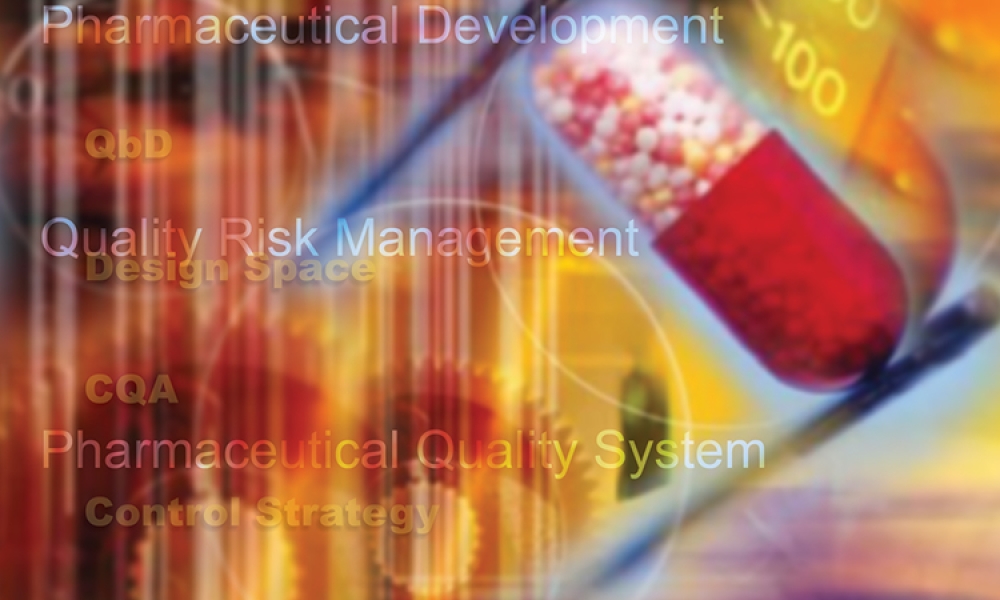Reducing the time it takes to move through these stages can help companies gain a competitive advantage by being the first to market with a new product.
There are several challenges with speeding up the development process:
- Regulatory Requirements: The safety and efficacy of products must be demonstrated. To achieve this, the life sciences industry is heavily regulated in most countries, and companies must comply with stringent and numerous regulatory requirements before product launch.
- Manufacturing and Supply Chain: Biotechnology companies often have a limited window of opportunity to develop and commercialize new products. These companies are often focused on developing innovative therapies for rare diseases or unmet medical needs, which can be highly competitive markets.
Once a drug product has been developed and has gone through the necessary clinical trials and regulatory approvals, it must be swiftly and carefully manufactured to be distributed to patients. Efficient manufacturing processes and a robust supply chain can help biotechnology companies secure quick approval and continued market availability. - High Cost of Development: Another challenge lies in the cost of development, as developing novel drugs and therapies can be very expensive. The costs can increase when timelines are compressed. Companies must balance the desire for speed with budget constraints.
Therefore, strategies can be adopted to propel a drug product to market while concurrently mitigating the necessary risks. These include:
- Investing in Research and Development (R&D): Biotechnology companies that heavily invest in R&D can bring new products to market more quickly and stay ahead of the competition.
- Implementing Agile Processing: Agile methodologies, which emphasize flexibility and rapid iteration, can help companies streamline their R&D and manufacturing processes. Biotech companies are combining Stainless Steel equipment and Single Use Technologies to condense campaign turnover times, implementing ballroom design, standardizing flexible aseptic filling equipment, and driving process closure to eliminate the need for higher ISO classifications and reduced gowning requirements.
- Leveraging Technology: Emerging technologies such as artificial intelligence and machine learning can help identify promising drug candidates more quickly through predictive modeling and simulation, analyze large amounts of data and accelerate the drug development process. Using the latest technologies and tools can also accelerate research and development through data analytics and real-time monitoring.
- Strong Supply Chain and Streamlined Manufacturing Capabilities: Biotechnology companies need to ensure that they can produce their drug products at the targeted scale and meet patient demands after approval. This requires scalable, efficient, and flexible manufacturing processes as well as robust supply chain management. Lean manufacturing practices and automation can optimize a company’s internal processes and thereby reduce production times and costs.
- Optimize Regulatory Strategies: Engaging with regulatory authorities early in the development process (i.e., Type C meetings) can help biotechnology companies better understand the regulatory requirements and identify potential issues before they arise.
- Collaborate with External Partners: Partnering with academic institutions, Contract Research, Development and Manufacturing Organizations (CRDMO), and other external partners can help biotechnology companies to access available specialized expertise, resources, and technologies, enabling them to accelerate product development.
- Prioritize Portfolio Management: Biotechnology companies should prioritize their product portfolio to ensure that they invest in products with the highest potential for success.
Overall, speed to market is critical in the life sciences industry. Companies that bring products to market quickly and efficiently are better positioned to succeed and improve patient outcomes. This can be accomplished by investing in R&D, implementing agile processing, leveraging advanced technologies, enforcing a strong supply chain and streamlined manufacturing capabilities, optimizing regulatory strategies, collaborating with external partners, and staying abreast of the latest developments in their fields through prioritizing portfolio management.
Learn More & Register






